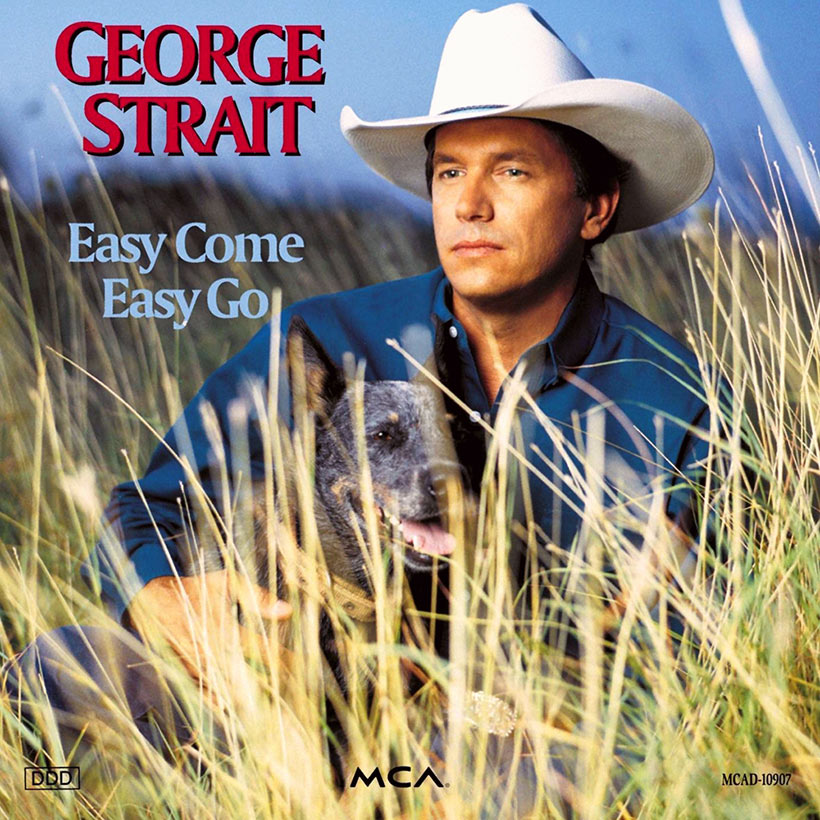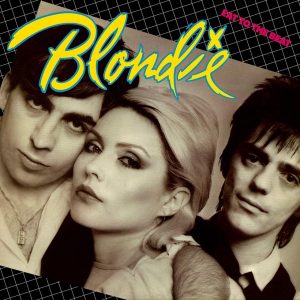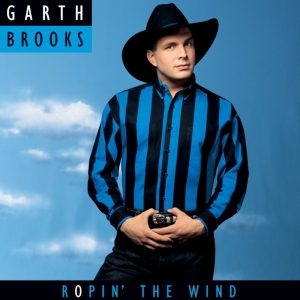The title of George Strait’s 14th studio album, released on September 28, 1993, might have described the country giant’s entire approach to recording – and, perhaps, to life. Easy Come, Easy Go was another collection of mainly-new-but-old-sounding gems of country tradition. As night follows day, it eased to double-platinum status in the US, bagging Strait yet another No.1 single and three more Top 10 hits.
Making it look easy
George had been making this all look easy for a dozen years – all the more so after the huge success of the 1992 soundtrack to Pure Country. He made his acting debut in the film as, unsurprisingly, a country singer, called Dusty Chandler, with co-star Lesley Ann Warren. The movie made a modest profit, but it was dwarfed by the performance of the soundtrack. Platinum in two months and triple-platinum in 16, it continued to sell in vast numbers throughout the 90s, reaching six-times platinum in November 1999 and becoming Strait’s biggest-selling album.
Some might have been daunted at the prospect of following such success, but if George was, he kept it well hidden. As was his custom, he released the lead single from Easy Come, Easy Go, the title track, a few weeks ahead of the full album, in early August. There was a familiar name among the writing credits in Dean Dillon, Strait’s career-long contributor whose partner on the tune was singer-songwriter Aaron Barker. Country radio, and George’s legions of fans, roared their approval, and, in October, the song became his 25th No.1 country single. Dillon had co-written ten of them.
A week earlier, the Easy Come, Easy Go album arrived on the chart at its No.2 peak. If it didn’t quite reach the heights of Pure Country, there was a 69-week run and swift platinum status as considerable consolation. By November 1994, that advanced to double-platinum. The assured production touch of Strait and Tony Brown, working as ever at Sound Stage Studios in Nashville, was spinning its charm.
‘Strait cranks out good records so consistently’
Exemplary players such as Glenn Worf, Paul Franklin, and Matt Rollings were all on board to help create the album’s laidback ambience. This time, there was the addition of strings on three tracks, flown into the sessions from Burbank, California. Aaron Barker won the prize again with the selection of the album’s second single, the rueful ballad “I’d Like To Have That One Back,” composed with Bill Shore and Rick West. A No.3 hit ensued, as tracks from Easy Come, Easy Go kept Strait on country radio playlists throughout most of 1994.
The third single release found him in cover version territory, on a reading of “Lovebug,” a sizeable hit for George Jones all the way back in 1965. It was from the pens of artist-writer Wayne Kemp, another of George’s favourites, and Curtis Wayne. Strait’s jaunty rendition skipped to No.8. To complete a quartet of singles, there was the deeply romantic “The Man In Love With You,” written by Steve Dorff and Gary Harju, which hit No.4. Those four releases spent 20 weeks each on the charts, for a collective year and a half.
‘He listens to so many songs it’s scary’
An insight into Strait’s modus operandi appeared around the album’s release in Billboard’s Country Corner column by Lynn Shults. Erv Woolsey, who had managed the artist since his breakthrough, noted: “George will pass up a song. He will say, ‘I think that’s a smash, but I just don’t think it’s for me.’ He listens to so many songs it’s scary. George doesn’t write much, so he is looking for his next hit all year long.”
For all of the nostalgia of Easy Come, Easy Go, and throughout Strait’s catalog, his pre-eminence on the Nashville scene had its effect on fellow-artists. For example, the confident, swaying “I Wasn’t Fooling Around,” written by A-listers Jim Lauderdale and John Leventhal, could have sat happily in the songbook of the Mavericks, who were starting to emerge at the same time.
Lauderdale also composed the album’s opening song, “Stay Out Of My Arms,” while Dillon had a second credit in “Without Me Around,” with John Northrup. Easy Come, Easy Go concluded with George moving close to classic crooning territory on Clay Baker and Roger Brown’s “We Must Be Loving Right.”
‘Sure as shootin’…’
“Strait cranks out good records so consistently (this is his 18th) that it’s hard to avoid the ho-hum-another-perfect-George-Strait-album syndrome,” wrote Billboard. “But, sure as shootin’, here he comes with another one. The long, tall Texan moseys through a great bunch of love songs here.”
Through it all, even if George remained as media-shy as ever in terms of interviews, he stayed close to his fans with a busy touring schedule. The second half of 1993 included a two-night sell-out run at the Greek Theatre in Los Angeles and a run of December dates at the Mirage in Las Vegas, scene of his latter-day Strait To Vegas residency.
Listen to the best of George Strait on Apple Music and Spotify.
The star’s influence on country’s newcomers was also becoming evident. At that year’s ACM (Academy Of Country Music) Awards, the sales phenomenon that was Garth Brooks performed a tribute to the artists that had done the most to shape his sound: James Taylor, Billy Joel, George Jones, and…George Strait.
Buy or stream Easy Come, Easy Go.




